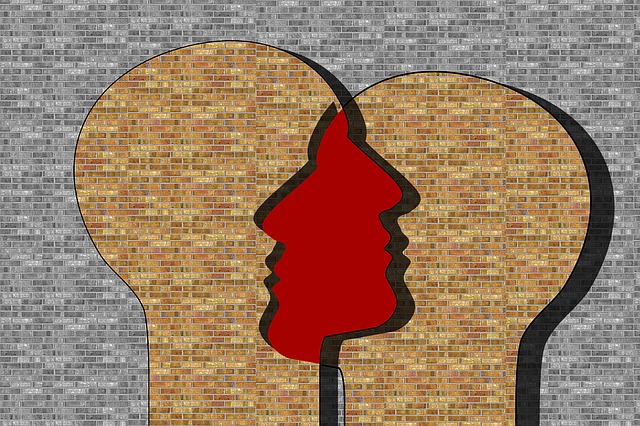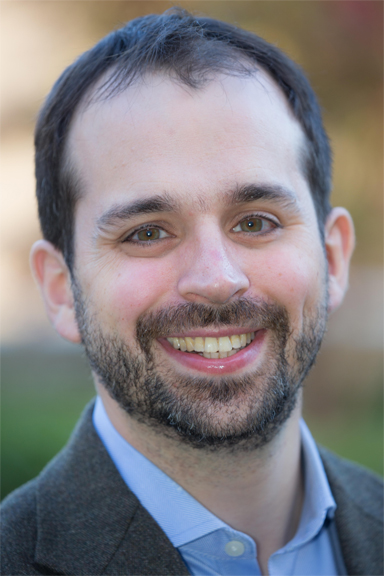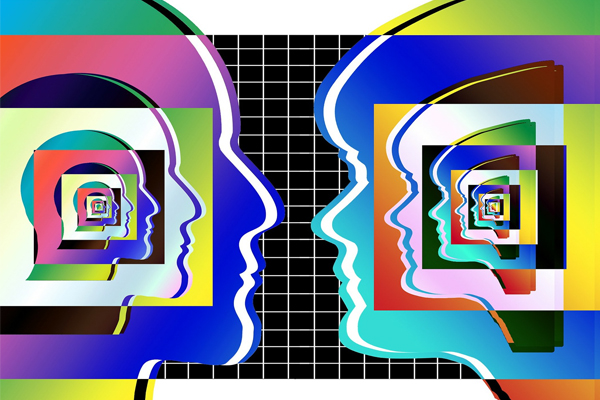In the first of a four-part series, facilitation experts Toby Berkman and Dan Egol address why ‘identity’ matters in complex public disputes thanks to research carried out by the Consensus Building Institute (CBI). In this week’s guest column, they explain the importance of understanding identity through an ‘intersectional’ lens to help achieve successful conflict resolution for both stakeholders and facilitators.
You are facilitating a public meeting around a military Superfund site. An African American woman stands up and tearfully explains her fear about the site: her mother is dying of cancer she is convinced was caused by the contaminated site, and no one seems to be listening, caring, or acting to address the risks to others. Who are you in that moment? A non-partisan professional trying to run a “good meeting?” A fellow citizen of a country that depends on and has funded the U.S. military? A child of a mother who has also had cancer? An upper middle-class white person who has greater access to health insurance and health providers than many African Americans?
These are all questions that ran through our colleague Pat Field’s mind several years ago when facilitating conversations related to a Superfund site cleanup. The cross-disciplinary work on intersectionality has valuable insights for facilitators of public disputes, like the one that Pat was addressing.
DEFINING INTERSECTIONALITY
According to Dr Kimberlé Crenshaw, Professor of Law at UCLA and Columbia Law School, intersectionality “highlights the need to account for multiple grounds of identity when considering how the social world is constructed.” The term “intersectionality” is often misunderstood. But its meaning is actually quite simple. It refers to the fact that even as we are each individuals with unique perspectives and experiences, each of us also belongs to multiple groups with shared characteristics. An accurate understanding of identity requires paying attention to how these different identity categories interact with one another.

There’s something distinctive at the intersection of identities
As compared to understanding the experience of race and gender in isolation, Crenshaw’s original research on intersectionality asks us to acknowledge that there is something distinctive about the intersection of both race and gender. For example, being both Black and female, or being both White and male. The former can involve a compounding of unequal treatment or marginalisation; the latter a compounding of privilege or advantage. To focus on just one category at the exclusion of others is to obscure the reality of how identity and its treatment in society functions both among and within groups.
For example, each year Equal Pay Day symbolises how far into the current year women would need to continue working from the previous year to earn what men earned the previous year alone. Originally, there was only a single Equal Pay Day for all women, a concept that failed to acknowledge that there are compounded penalties in pay at the intersection of gender and race. While White women earn 77 cents for every dollar earned by white men, African American women only earn 61 cents to every dollar. Now, there are multiple Equal Pay Days to acknowledge differential wage gaps among different demographic groups of women.
ADVANCING EQUITY
Of course, many other aspects of identity, including ability status, sexual orientation, socioeconomic status and age, amongst others, also contribute to the complex web of experiences and identities that intersectionality brings to the surface.
Advancing equity requires acknowledging marginalisations
Intersectionality requires us to acknowledge that our identities cannot and should not be distilled into just one trait or category. We are many things at once; even if particular facets of our identities become more salient or have more power in a given moment or context. In some contexts, our multiple identities are a source of connection, allowing us to relate to other people with whom we share some though not all identities. For example, we may bond as people who grew up in the same city, even though our childhood experiences were very different because of other aspects of our identities. However, in the charged context of societal discrimination, equity requires acknowledging both inter- and intra-group exclusions and marginalisations due to the societal-level privileges and oppressions associated with our various identities.
In addition, as we try to relate to each other, we must approach issues of identity with humility. We cannot assume any one person’s experience based on perceptions of their group identities or the power typically ascribed to a given group. Finally, because we live in a society where certain social groups have often been afforded privileges (such as presumed innocence; greater access to quality education, healthier foods, and healthcare; fewer barriers to employment opportunities; or a close association with positive traits), while others have been disadvantaged based on shared characteristics. Intersectionality also brings to light the compounding effect these various advantages or disadvantages can have on people’s lives.
DEALING WITH MULTIPLE IDENTITIES
For facilitators, it is important to be mindful of the potential for these advantages and disadvantages to influence our work; or to be present “in the room” as unspoken and often unacknowledged realities. In the church example (highlighted in last week’s guest column where Toby’s identity was questioned by members of a church community meeting to discuss the church’s potential closure), multiple privileged and/or outsider identity categories, as perceived by the stakeholders, may have been at play as Toby stood in front of the room of mostly blue-collar New Jersey Catholics.
These include identity differences that are named (for example, Toby acknowledged that he is not Catholic and not from the community) and others potentially left unspoken. For example, as Toby shares a racial identity as a White American with a majority of the parishioners, he might be perceived as ‘elite’, based on his affiliation with Harvard Law School.

Intersectionality calls for facilitator transparency
Intersectionality further underscores the importance of facilitators acknowledging and leveraging their multiple identities, and the power that comes with them with humility and integrity. Clearly, a number of Toby’s identities and life experiences separated him from the parishioners in New Jersey. He would have done well to note these layers of difference to himself beforehand, check his own internal biases, and try to enter the meeting with a curious mindset. However, other identities might have provided fodder for connection. These areas of commonality included, for example, Toby’s own experience and dedication to a community of faith; and the months he spent preparing for the meeting by having in-depth, one-on-one conversations with parishioners to learn about their concerns and goals for the church and their community.
A more fruitful approach to the meeting might have involved Toby acknowledging elements of his outsider status from the start; and making clear that he was not claiming to understand what it felt like to be a member of the parish community, while also emphasising a more comprehensive picture of his background that connected him to the problem at hand. We are not suggesting here that facilitators make disingenuous or tenuous connections to win over stakeholder support, but rather to lead with integrity about who we are as facilitators. This includes our strengths and limitations, to build authentic trust and connection. By acknowledging his own multiple identities, Toby might also have opened a window for participants to think about their own multiple and complex affiliations; possibly breaking down cleavages just below the surface in the room.
BUILDING CREDIBILITY
This kind of transparency may be in tension with the concept of a wholly “neutral”, detached facilitator. But we believe it is critical step for practitioners to build credibility and license to operate across difference. In fact, we would suggest that being clear about one’s own connections to the issues, and one’s commitment to support the process without seeking to influence the substance, reinforces impartiality.
While not the focus of this article, intersectionality also has clear implications for understanding the identities of stakeholders. It suggests the importance of using facilitation techniques that create space for stakeholders to bring their multiple identities into the room; and paying particular attention to groups/individuals who may face disadvantages or advantages across multiple identity categories based on embodied characteristics, institutional affiliation, professional experience or personal experience.
Check our weekly posts for parts two, three and four of this series, in which we will address issues of internal versus external perceptions of identity, lived versus learned experiences as key components and perceptions of identity, and some final takeaways. You can also find more information on this topic on the CBI’s website.
ABOUT THE AUTHORS

Toby Berkman is an Senior Associate at the Consensus Building Institute (CBI), where he designs and facilitates inclusive dialogue around difficult public and organisational issues. Dan Egol is Co-Founder and Executive Director of Inclusion NextWork, a community of emerging leaders and organisations committed to Inclusion, Diversity, Equity, Accessibility and Social Justice (IDEAS). Email: tberkman@cbi.org or dan.egol@inclusionnextwork.org

Last week, facilitation experts Toby Berkman and Danny Egol explained why “understanding identity” is key to successful conflict resolution. Click here to read more.








































